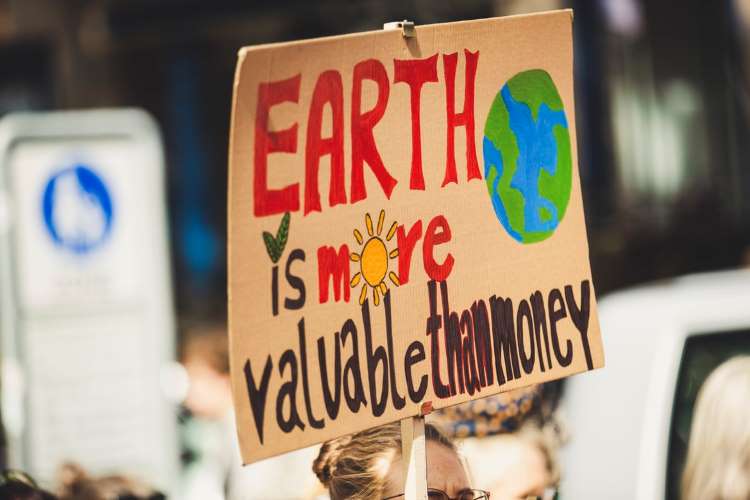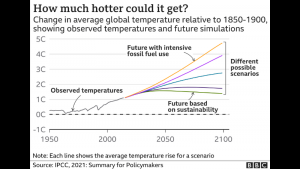
Climate change is no longer an avoidable concern for humanity even if governments may choose to avert their eyes. The menace has been worsening with each passing year with cities across the globe witnessing extreme weather conditions. In this scenario, it becomes pertinent to prepare cities to weather climate change so that they may remain habitable for extended periods, even if some may call it bidding time.
The summer of 2022 in fact passed several milestones and catastrophic events such as heavy flooding in Pakistan bear witness to the same. The brunt of extreme weather conditions will be largely borne by less affluent countries which unfortunately also fall in hotter climate regions. In such countries, the poor population will suffer most due to unavailability of resources to cope.
Preparing cities for battle ahead
Urban areas across the world need to adapt to changing climatic conditions. That starts from the obvious- planting more trees, making use of waterways, mandating greener buildings and requiring more efficient air-conditioning units and fans. Further, ways must be found to avoid heating due to asphalt and concrete roads as was done by cities such as Tokyo, Mecca, Doha and Los Angeles by adopting blue roads to bring down temperatures. These roads have a coating of heat-reflecting pigment with hollow ceramic microspheres. Other steps include adopting smart grid technologies to help reduce energy losses and integrate clean power to meet energy demand, says the World Economic Forum.
READ I Shift to renewables will cut cost of farming, strengthen food security
The governments across the world also need to identify the most vulnerable population to climate change. Take for instance the case of New Delhi where hotter summers spelled doom for daily wage workers and labourers. Those who have to work in broad daylight such as delivery personnel, construction workers, rickshaw pullers, street vendors etc were among the worst hit by heat waves this year. These are the least affluent of the lot and it is ironic that they are possibly among the least contributors to climate change while also being the most affected by the harms done by their affluent counterparts.

In all, steps need to be taken to aid this strata of the society which is most likely to work outside in worst weather conditions while also not having the luxury to go to air-conditioned homes. In fact, the government may look at foreign cities for inspiration as they are already doing work in this direction.
In a West African country named Sierra Leone, a city’s chief heat control officer has introduced shades to shelter women in open-air markets to protect them from heat. Further, the city called Freetown also plans to add urban gardens and cooling centres. That is one example. In another, Medellin in Colombia has used green corridors to reduce the heat island effect by which the build environment absorbs the sun’s energy and aggravates local warmth. Governments must incentivise new ideas to make urban lives more bearable for hot summers which are likely to worsen in coming years.
2022- A year of unprecedented climate change events
India sweltered in heat this summer with temperatures in parts of the national capital exceeding 49C. Neighbour Pakistan has not been fortunate either and the climate catastrophe has taken 1,000 victims so far as it reported a deadly monsoon season. Even China too reported one of the driest seasons and recorded heat waves which were at most intense in the last 60 years.
READ I Global climate change report highlights urgent need for emissions cut
Moving towards the United States, millions suffered through a nearly unprecedented combination of heat and high humidity in July, while wildfires razed Europe. Globally, June and July were the warmest months ever recorded.
The condition is expected to be worse for India and neighbouring countries and according to latest studies, several cities in both countries are likely to become inhabitable in coming years as resources will begin to shrink. Changing climate means extreme heat is 30 times more likely.
The need of the hour is urban planning to reduce harm done by climate change. While it is impossible to reverse the damage done, it is possible to limit future loss and help the areas which are suffering currently. Most of the damage can still be only controlled by keeping up with the climate change fight i.e. reducing emissions, becoming carbon neutral, boosting green energy, slashing dependence on fossil fuels and funding science and research for potential breakthroughs in climate control.

